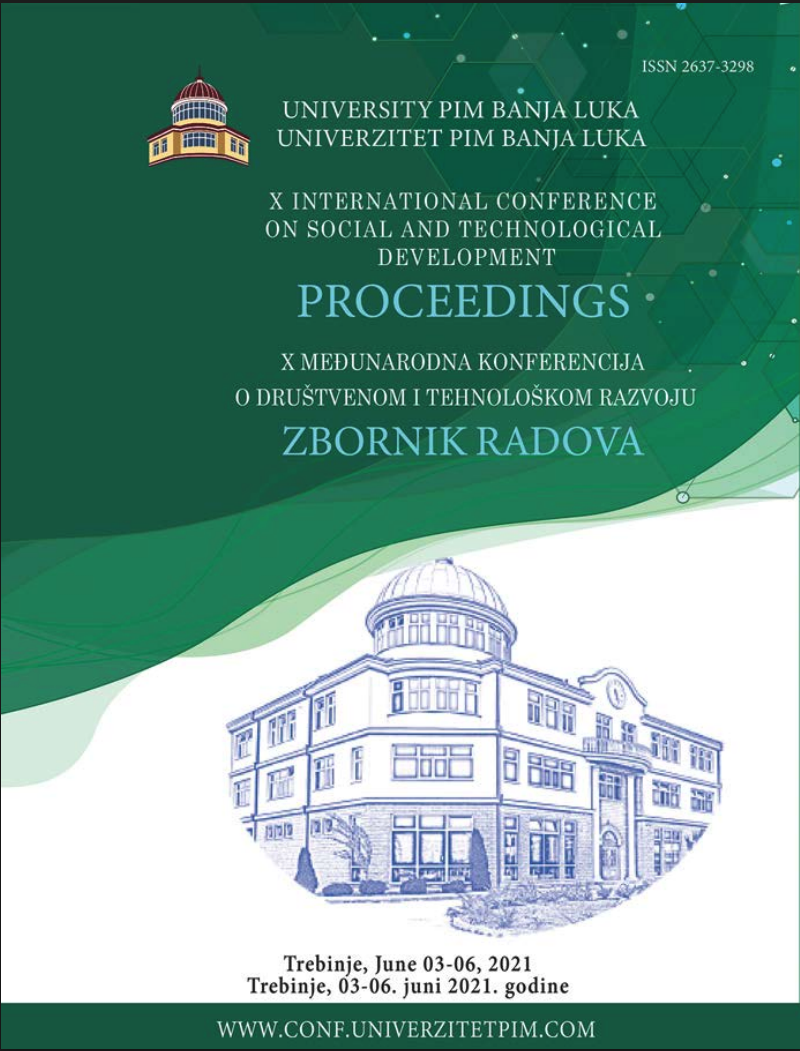
This is an open access article distributed under the Creative Commons Attribution License which permits unrestricted use, distribution, and reproduction in any medium, provided the original work is properly cited.
Unit of Agricultural and Business Studies and Tourism, Academy of Vocational Studies Šabac , Šabac , Serbia
Unit of Agricultural and Business Studies and Tourism, Academy of Vocational Studies Šabac , Šabac , Serbia
Faculty of Veterinary Medicine, University of Belgrade , Belgrade , Serbia
The genus Pseudomonas is a heterogeneous and ecologically important group of microorganisms, widely distributed in milk, water and the environment. They are classified as opportunistic pathogenic microorganisms for humans, animals and plants. The aim of this study was to examine the proteolytic, lipolytic activity and biofilm formation in isolates derived from milk. The material was pooled samples of raw milk from which isolates of Pseudomonas species (n=60) were isolated. Proteolytic ability was tested on nutrient agar with casein and lipolytic ability on Tributyrin agar. The ability of Pseudomonas species isolates to produce biofilm was tested in vitro by the Crystal Violet (CV) method on microtiter plates. In all 60 isolates of Pseudomonas spp. proteolytic and lipolytic activity from milk has been demonstrated. Isolates of Pseudomonas spp. originating from milk created a biofilm. Of the 60 isolates, 54 (90%) produced a biofilm of varying intensity, while 6 (10%) isolates did not produce a biofilm at all. The largest number, 42 (70%) of isolates of Pseudomonas spp. can be classified into medium-adherent isolates, 10 (16,67%) isolates as weakly-adherent and only 2 (3,33%) isolates as strongly-adherent isolates. Isolates of Pseudomonas spp. from milk are good producers of biofilm, proteolytes and lipolytes so that they can cause rotten milk, and their finding is a consequence of contamination and poor hygiene conditions during the process of obtaining milk.
The statements, opinions and data contained in the journal are solely those of the individual authors and contributors and not of the publisher and the editor(s). We stay neutral with regard to jurisdictional claims in published maps and institutional affiliations.